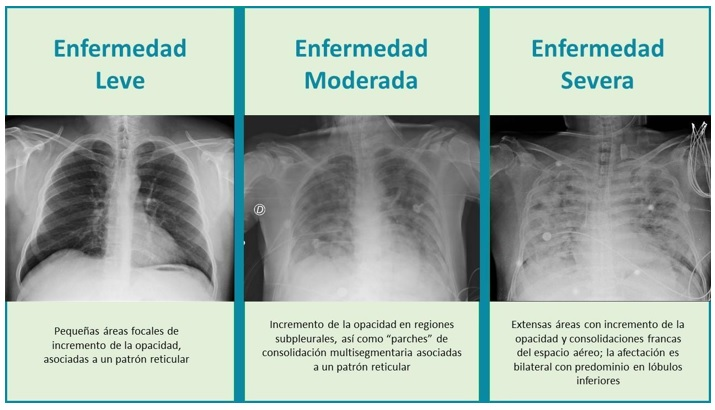Resumo
El triaje permite la priorización de pacientes según su urgencia médica. Se propone realizar un modelo estadístico correlacionado con mortalidad para generación de alertas desde el triaje.
Una cohorte prospectiva de 6438 adultos que ingresaron a urgencias del Hospital Universitario San Ignacio, del 01/03/2018 al 28/02/2019. Se dividieron aleatoriamente los datos en entrenamiento y prueba. Sobre los datos de entrenamiento se realizó una regresión logística bivariada entre triaje y mortalidad y luego una regresión logística multivariada, se redujo el modelo mediante pruebas de razón de verosimilitud. En los datos de prueba se realizaron áreas bajo la curva (AUC) para cálculo de punto de corte. Fue evaluado mediante medidas de asociación.
Se realizaron áreas bajo la curva para los modelos realizados, encontrando el modelo “triage” con de AUC 0.82, “reducido” una AUC 0.90 y “Edad+sistólica” una AUC 0.87, sin diferencia significativa. Se seleccionó “reducido” con una Sensibilidad 0.869, Especificidad 0.842, VPP: 0.062, VPN: 0.998
Para seleccionar punto de corte, se realizó un árbol de decisiones teniendo en cuenta las variables significativas encontrando mayor mortalidad en pacientes triage 1-2, con TAS menor de 117mmHg y mayores de 58 años.
El modelo final podría funcionar como tamización para generación de alarmas de mortalidad en triaje iguales.
Palabras Clave: Medicina de Urgencias, Servicios Médicos de Urgencia, Triaje, Mortalidad, Indicadores de Salud

Este trabalho está licenciado sob uma licença Creative Commons Attribution 4.0 International License.
Copyright (c) 2021 Camilo Andres Jimenez Cruz, Peter Olejua, Leonar Aguiar Martínez, Angel Alblerto García Peña, Jorge Enrique Sotelo Narváez, Carlos Alberto Cano Gutiérrez, Atilio Moreno Carillo, Natalie Jurado, Andrés Garzón, Alvaro Bustamante, Daniela Torres, Gabriela Paris, Martha Santos


